SOMA: A Nightmarish Dive Into the Depths of Existentialism
A love letter to a game that continues to haunt me for merely existing
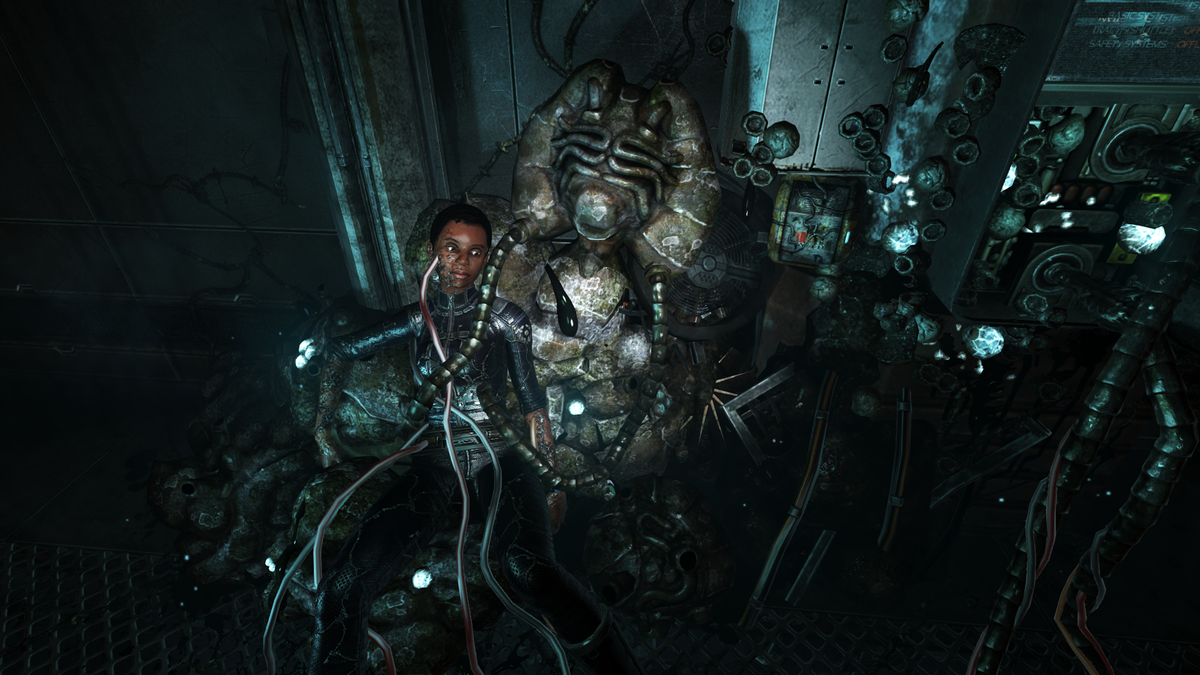
I played SOMA from start to finish, back in 2015.
I'm not sure when I'll be ready to experience it again. Maybe never, who knows. But if you haven't experienced it yet, please consider otherwise.
It's a game that flies under the radar and is rarely spoken of when horror gaming is talked about, lurking in the shadows while more mainstream, big-budget fright fests steal the spotlight.
I don't like to use the word underappreciated. It's used too often, and often in the wrong context.
Especially after it reviewed well after all, and those who did experience it appreciated it on some level, but I feel as though more people should have had the opportunity to traverse through the dank depths in SOMA.
An underappreciated gem, this unassuming title doesn't rely on gratuitous jump scares or over-the-top gore to unsettle players. And yet, it's one of the most horrific games I've ever played.
Created by Frictional Games, SOMA is a masterclass in atmosphere, moral dilemmas, and existential dread.
It expertly uses environmental storytelling and intelligent sound design to cultivate a pervasive sense of claustrophobic unease.
But its true mastery lies in how the narrative forces players to confront existential quandaries, blurring the lines between humanity and artifice in deeply unsettling ways.
SOMA represents psychological horror's ability to profoundly disturb through implication over explicit scares.
This Is Not What I Was Expecting
Looking back at my experience with SOMA, it totally subverted my expectations and then some.
I came away exhausted, depressed, intrigued and wanting more all at the same time, and I'm all the more grateful for being able to experience a game that challenged my perception of reality.
I'm always appreciative of horror experiences that lean into our fear of what goes bump in the night.
While this sci-fi story takes place in a distant, far-off future, it's firmly grounded in the essence of humanity. It pokes and prods at what it means to be human, tackling existential questions that are relevant here and now.
From the opening moments, an ominous sense of dread pervaded every new area I explored in the underwater PATHOS-II research facility. The decaying environments, flickering lights, and ever-present groans of metal under intense pressure cultivated an atmosphere of exquisite tension.
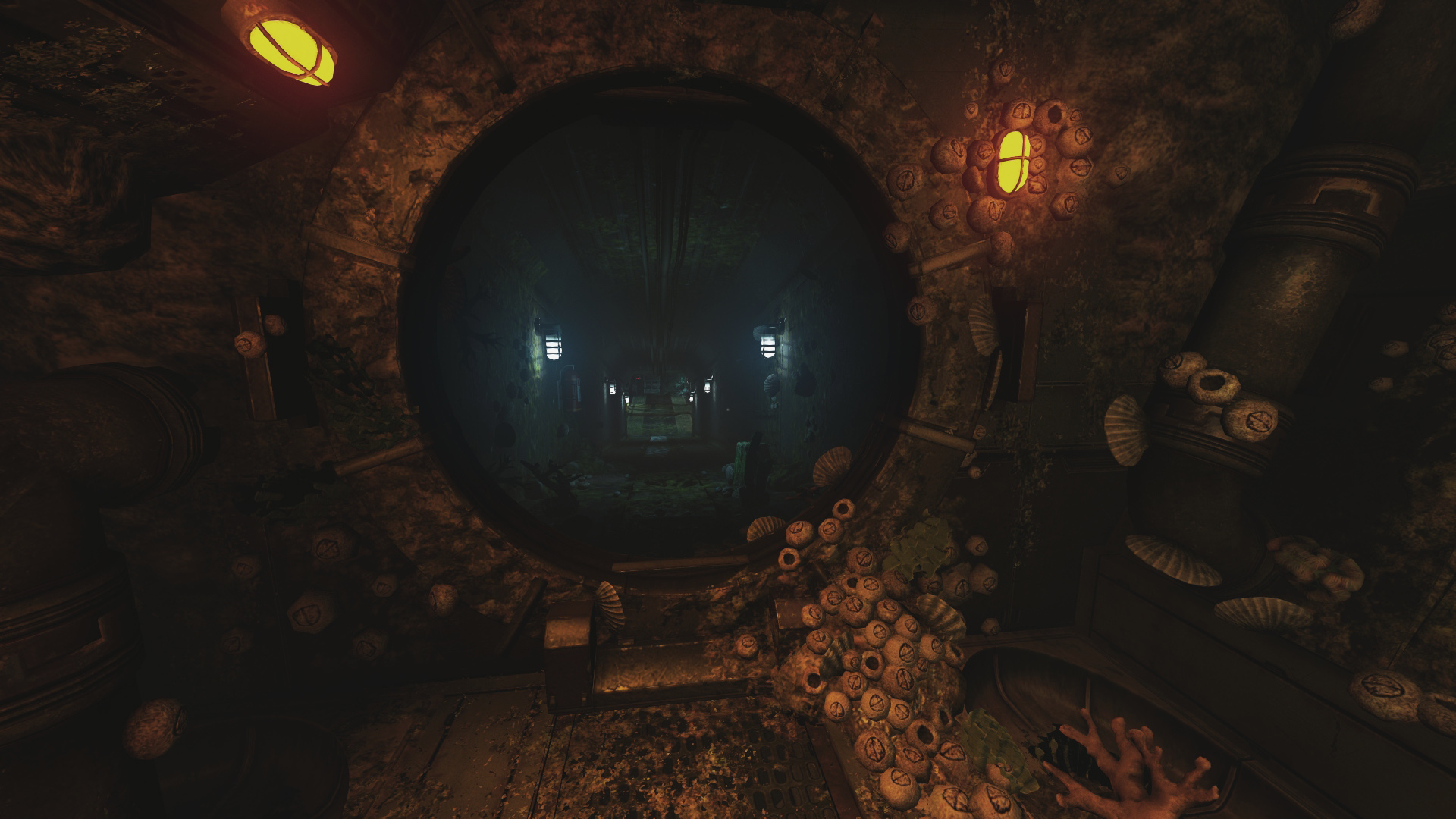
But it was the game's impeccable sound design that truly embedded the feeling of heart-pounding claustrophobia.
Each splashing footstep, creak of a bulkhead door, and sudden metallic clang made me shift uncomfortably, dreading what fresh horror awaited around the next corner. I'm always appreciative of horror experiences that lean into our fear of what goes bump in the night.
The omnipresent hums, clanks and drips of machinery create an unnerving nihilistic ambience. It makes the experience disquietingly visceral - as if you're truly trapped in this submerged tomb succumbing to the relentless pressures of the abyss.
Profound Philosophical Questions
As I pressed onwards, I encountered the first of SOMA's many encounters with rogue AI constructs - beings impossible to definitively classify as either human or machine.
At times, they seemed to be an amalgamation of both, sinew and electronics, exposed in what can only be described as a Tetsuo-esque abomination.
One of the most memorable involved happened upon an AI that pleaded to be deactivated as it was being tortured in experimentation - presenting a miserable half-life as conscious software.
No hesitation needed here. I turned off the machine because it was the kindest thing to do.
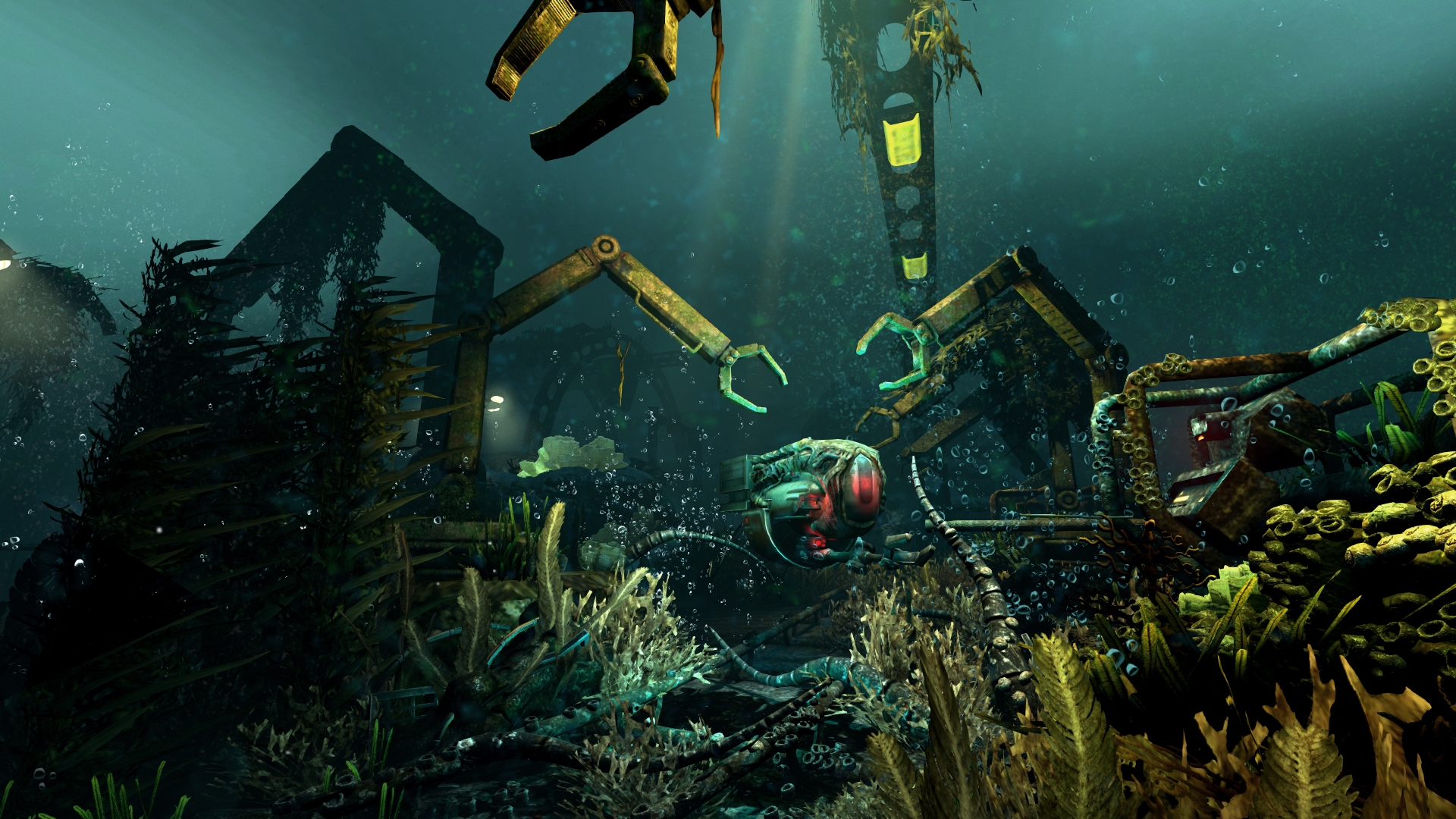
Seeing these formerly human minds trapped in cold, unfeeling robot frames deeply unsettled me on a primal level.
Their glitching pleas for help and assertions of self-awareness continually forced me to confront disturbing existential questions with each new interaction. Am I a human talking to a sentient computer, or a construct speaking to a fellow artificial being?
The mind-bending implications haunted me long after turning the game off each night.
The narrative uses this fraught scenario to intelligently probe philosophical quandaries about the nature of consciousness and what truly defines humanity. As you encounter the rogue AI constructs, the game continually blurs the lines between which entities are "human" and which are cold machines.
While this sci-fi story takes place in a distant, far-off future, it's firmly grounded in the essence of humanity. It pokes and prods at what it means to be human, tackling existential questions that are relevant here and now.
The pivotal encounter with Catherine Chun's mind uploaded into a robot body was a particular mindbender. Catching me off guard, it was at that point I realised I was unlikely to meet anyone in human form.
Her insistence that she was the "real" Catherine forced me to grapple with how consciousness could transcend physical form.
The game never allows easy answers, instead presenting intricate dialogue scenarios that tease out deeper implications. Can a human mind captured in code still be considered sentient and self-aware?
It's heady stuff SOMA doesn't allow you to dismiss easily.

Enemies Or No Enemies?
Something that's often raised, from a game design perspective, is whether or not SOMA would benefit from having no enemies to deal with, that they're a mere distraction in a game that is otherwise about the horrors of isolation and dealing with the fallout from a ravaged world.
I really admire the creature designs in SOMA. Especially as an approach to transhumanism, it serves as a compelling introduction.
So I would argue that, no, while the game is at its best when you're exploring the depths below, the enemies - though few and far between - add an additional layer of fear that demonstrates Simon's desire to survive even in grim circumstances.

Whereas in traditional games there's a degree of hope when defeating so-called bosses, doing so in this world doesn't make the overbearing, cold and desolate environment any easier.
No hope, essentially, regardless of how you progress. It's a unique game design and narrative choice, and one that we don't get to experience as often as with happier endings.
I'll also never forget the rush of adrenaline when one ferocious enemy burst through a doorway, their gurgling growls saturating my headphones in a masterclass of binaural terror.
"Absolutely not," I said to myself, as my youngest daughter happened to stumble in and touch me on the shoulder right at this moment. While it's not a game that relies on jumpscares, it does have them.
Depending on your disposition, of course.
More Please
By the mind-bending final act, I found myself questioning my own grasp on reality and moral foundation. SOMA's powerful narrative transcended my ability to rationalise its existential quandaries as "just a game."
Shooketh, as the kids say. Far and above the most impactful experience I've had, playing out like a morose Black Mirror episode more than anything else. And that's a good thing.
I had been emotionally beaten into a crew of philosophical reckoning, with chilling implications that still linger for years later. It is a deeply affecting, intelligent piece of nightmare art that will forever be seared into my memory.
And so, with that, again, if you haven't played this, please do.
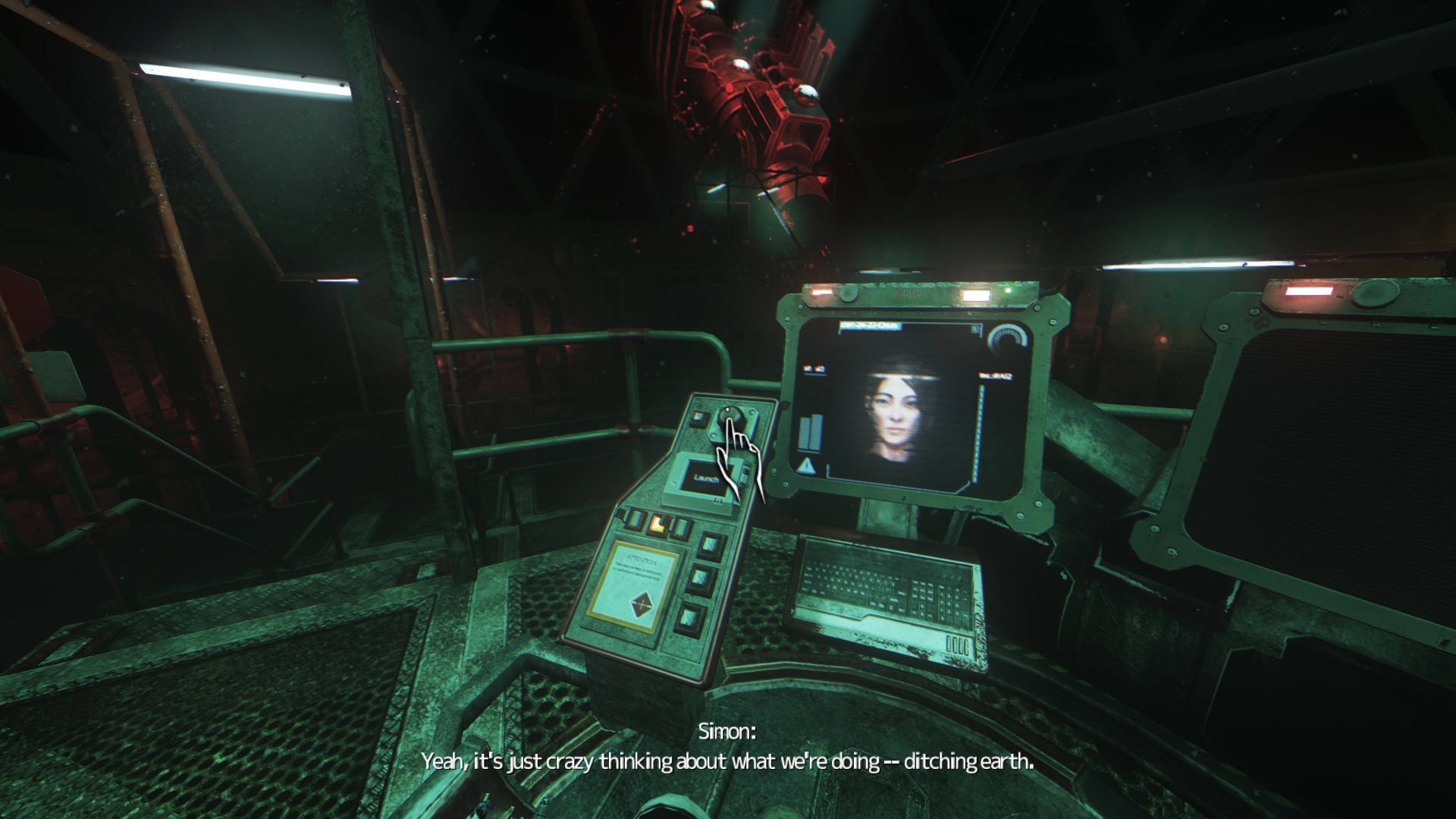
SOMA is a master class in using its game world as a narrative canvas to establish an oppressive, claustrophobic atmosphere. It offers no easy outs, only gut-punching scenarios that force you to take a stand on what life you deem valuable.
Beautiful.

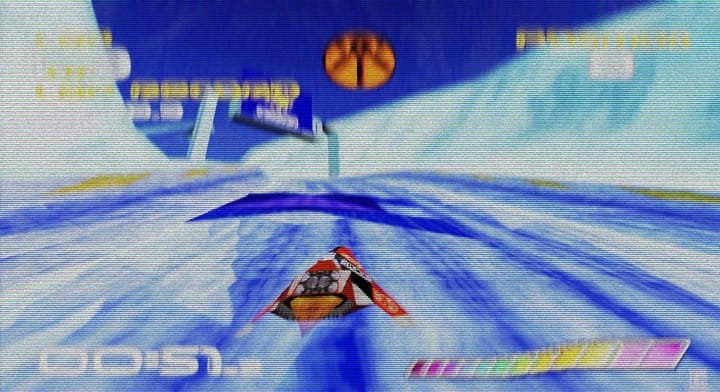
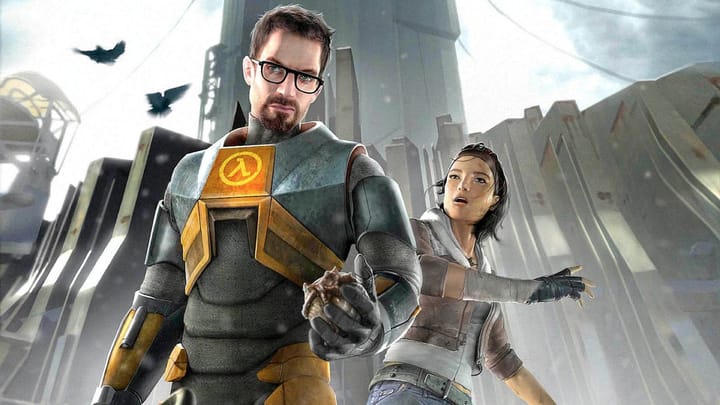
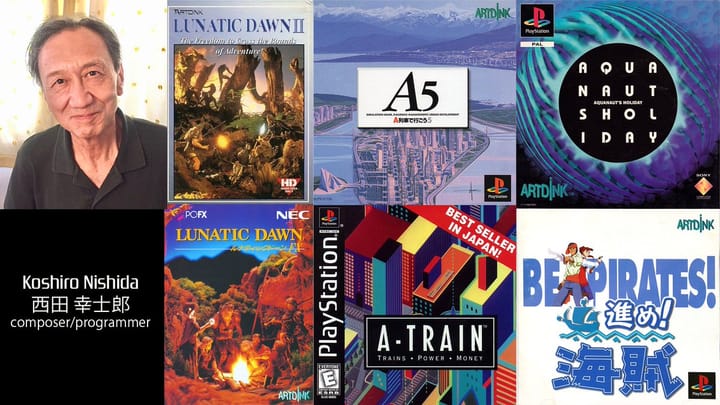
Comments ()